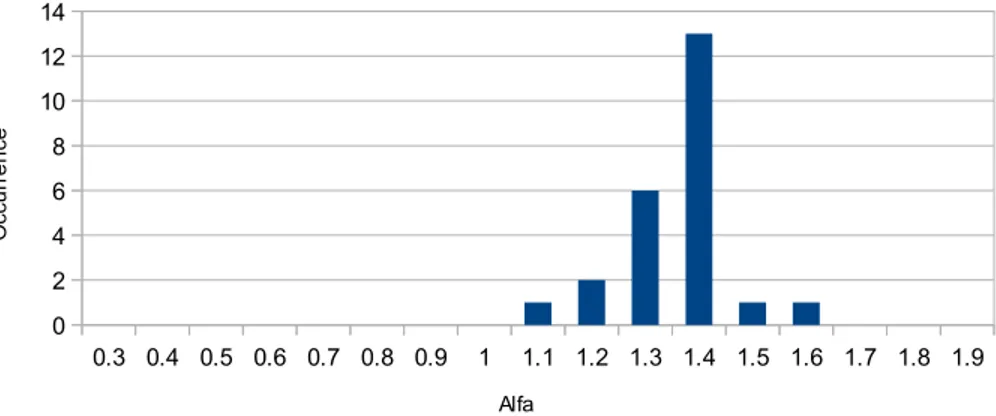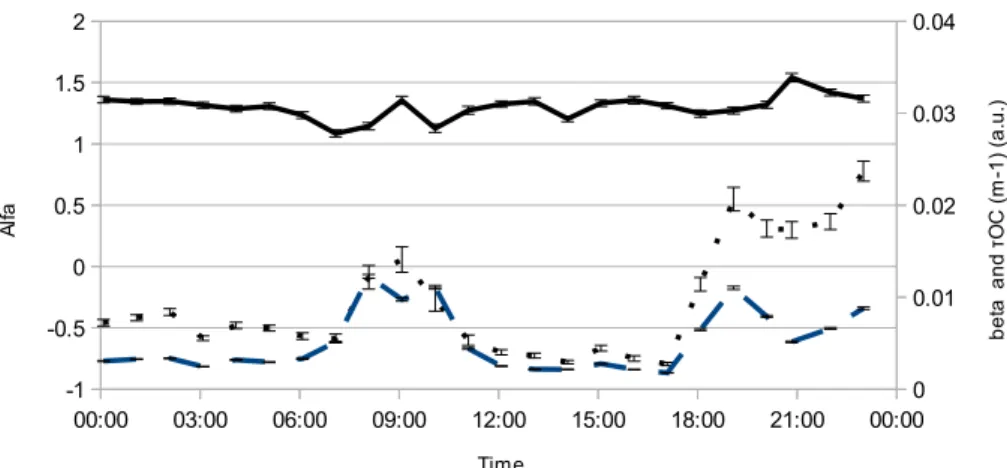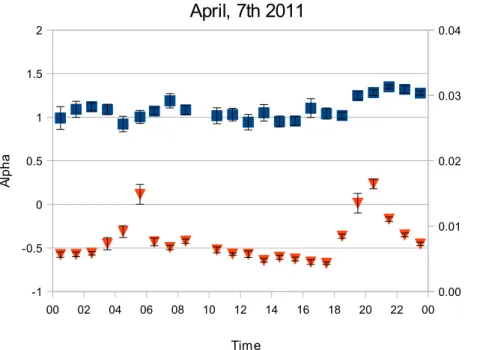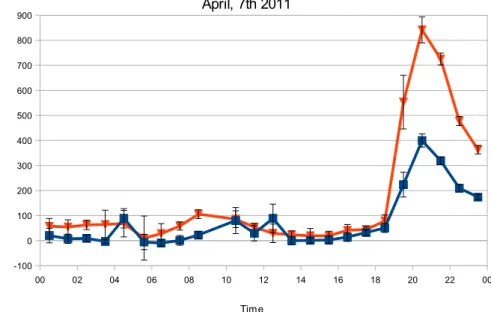A new algorithm for brown and black carbon identification and organic carbon detection in fine atmospheric aerosols by a multi-wavelength Aethalometer
Texto
Imagem
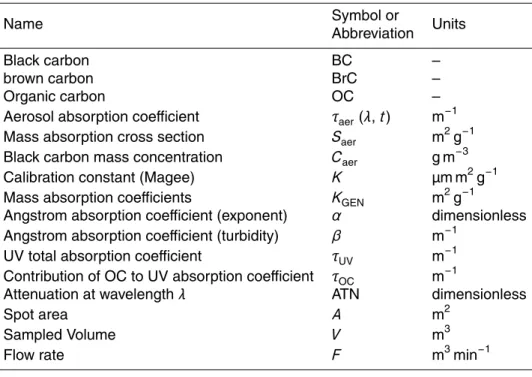
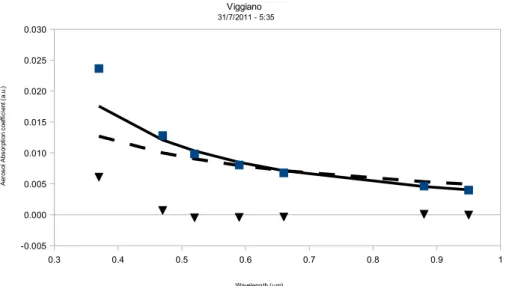
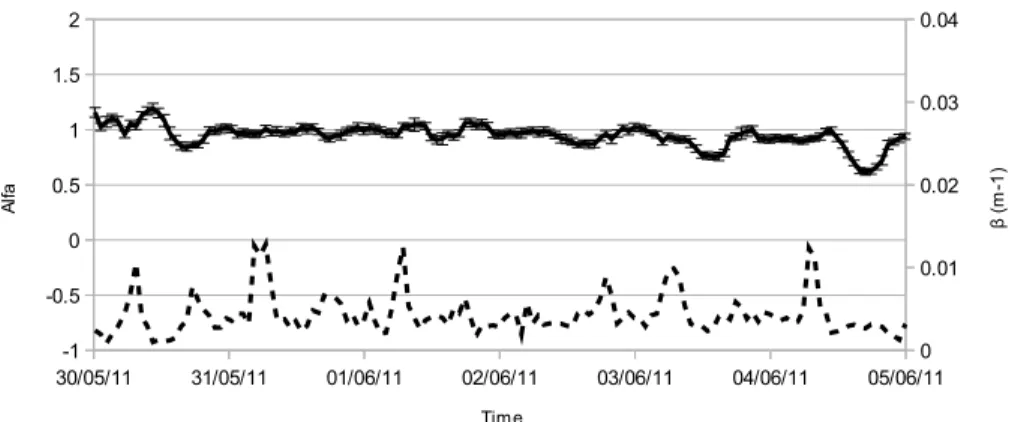
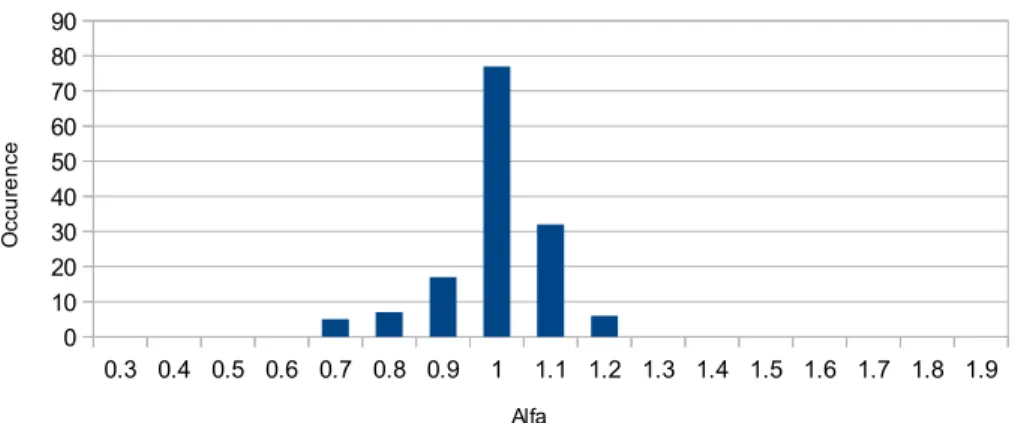
Documentos relacionados
Anthropogenic aerosols are typically composed of various inorganic and organic species (IPCC, 2007), among which sulfate, nitrate, and carbonaceous aerosols including black carbon
Trihalomethanes (THMs) and surrogate parameters for natural organic matter (NOM) including ultraviolet absorption at wavelength 254 nanometer (UV-254), total organic carbon (TOC)
and an internal mixture for a coated BC particle with a C Clear coating (a) and a C Brown coat- ing (b) are shown as a function of core and shell diameter. The color scale shown
The main aerosol components produced from road, shipping and aircraft transport are: black carbon (or soot) which we will refer as BC, organic carbon (OC) and sulphate.. A recent
Damped simple harmonic oscillator model wavelength de- pendence of the absorption ˚ Angstr¨om coefficient (AAC) for bulk matter (Eqs. 12), and spherical particles with particle
Specific objectives were: (1) to correlate data sets for events where ground level aerosol chemistry was found to be representative for the total column optical measurement; (2)
porphyrin was electropolymerized in a glassy carbon electrode by the cyclic voltammetry and subsequently used as a voltammetric sensor for detection and quantification
The four sediment cores could be clearly differentiated into two groups, one with high organic carbon content, high proportions of fine sediments and higher concentrations
